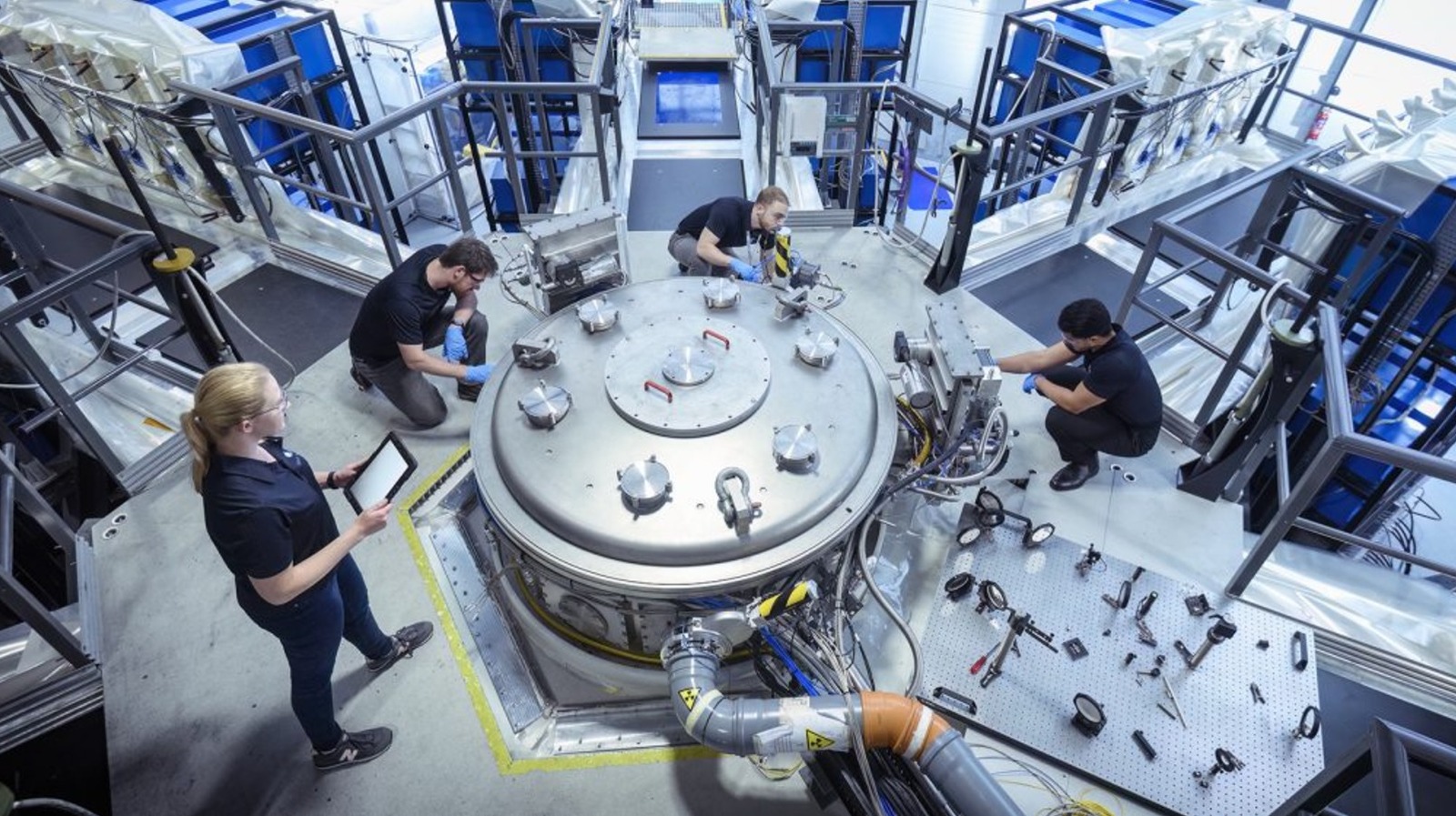A significant advancement in fusion energy technology has been announced by the UK-based company First Light Fusion (FLF). The company has achieved a milestone in nuclear fusion research with its new method called FLARE, which stands for Fusion via Low-power Assembly and Rapid Excitation. This breakthrough marks the first successful demonstration of “high gain” inertial fusion, a critical step toward creating a commercially viable fusion reactor.
Fusion power harnesses energy from the heat generated during nuclear fusion reactions, where two light atomic nuclei combine to form a heavier nucleus, releasing substantial energy in the process. Theoretically, a functioning fusion reactor could provide near-limitless energy, enabling a transition away from fossil fuels and significantly reducing greenhouse gas emissions. Despite numerous advancements in fusion research, a viable reactor has yet to be realized.
The significance of FLF’s achievement lies in its ability to create a fusion reaction that produces more energy than is consumed. Previous attempts at fusion have required more energy input than output, but FLARE has the potential to deliver a gain of 1,000, surpassing the current experimental gain of four, which was achieved by the U.S. Department of Energy’s National Ignition Facility in May 2025.
Innovative Approach to Fusion
FLARE’s innovative approach separates the processes of compressing and heating the fuel, allowing for an efficient energy surplus through a method known as “fast ignition.” This technique is crucial, as it enables the practical application of previously theoretical concepts. In a white paper detailing their findings, FLF asserts that just one kilogram of fuel could contain as much energy as 10 million kg of coal, highlighting the immense potential of this technology.
For fusion ignition to occur, the fuel must reach a temperature of around 100 million kelvin (approximately 180 million degrees Fahrenheit). Achieving this level of heat is challenging, requiring substantial energy input. However, the goal is to reach a self-sustaining fusion state where the energy produced exceeds the initial energy cost, leading to a net gain.
If FLARE performs as expected, it could pave the way for the development of multiple fusion reactors capable of producing enough energy to meet global demands. This advancement is a crucial step towards realizing the dream of sustainable, clean energy that could replace non-renewable resources.
While this breakthrough is promising, experts emphasize that it is just the beginning of a long journey towards operational fusion power plants. The path to creating commercially viable fusion energy involves numerous challenges that will need to be addressed before this technology can become a reality.
In conclusion, First Light Fusion‘s achievement is a remarkable stride towards harnessing the power of nuclear fusion. As research continues to evolve, the prospect of limitless clean energy appears to be within reach, potentially transforming the global energy landscape in the years to come.







